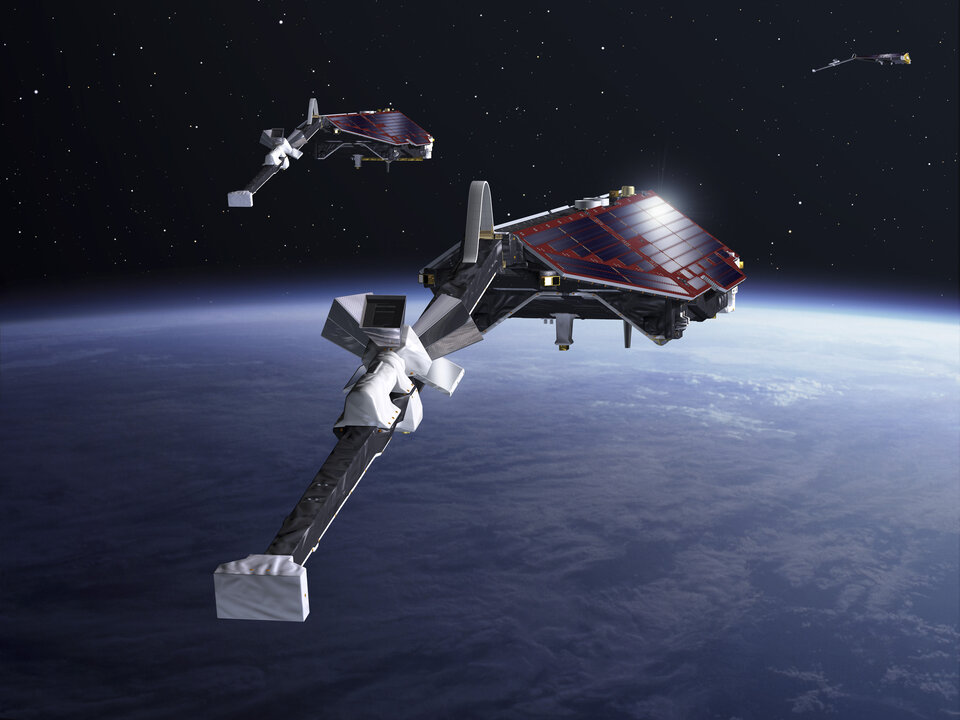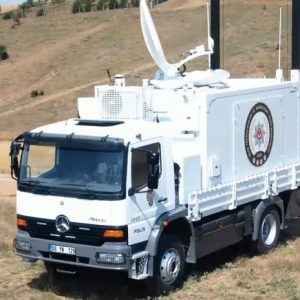The European Space Agency (ESA) has unveiled Pulse, a new framework set to transform how Europe manages its space missions. Developed under ESA’s Operations Directorate, Pulse offers a royalty-free, multi-mission solution that supports spacecraft from assembly to deep-space operations.
Key Facts
- Developer: ESA Operations Directorate
- Core technology: European Ground Segment – Common Core (EGS-CC)
- Operational debut: 2026 with the SWARM mission
- Licence: ESA Community Licence (royalty-free)
- Goal: Improve interoperability and streamline mission control
A New Rhythm for European Space Operations
Pulse is not a single software package. Instead, it is an operational framework designed to link Europe’s diverse missions under one structure. It integrates telemetry, event management, and data exchange, creating a shared environment for all stages of spacecraft operation.
This approach reduces fragmentation between partners and control centres. It also improves responsiveness, enabling ESA teams to act faster and with greater situational awareness.
“Pulse is more than a software—it’s a foundational step towards an integrated, agile operational culture within ESA,” said Katarzyna Cichecka, Head of ESA’s System and Applications Engineering Division. “It empowers teams to coordinate faster, react earlier, and see further.”
From EGS-CC to Pulse: A Common Digital Backbone
Pulse builds upon the European Ground Segment – Common Core (EGS-CC). That earlier project laid the groundwork for reusable tools to monitor and control spacecraft across Europe. Now, Pulse extends those capabilities with a unified orchestration layer.
Through this layer, ESA can synchronise multiple missions while maintaining standard interfaces. This ensures a common digital language between systems. Moreover, it expands automation, which is increasingly vital as the number of satellites and missions grows.
“From a mission operator’s perspective, Pulse changes how we manage monitoring and control,” said Juan Pinero, Operations Lead Architect. “It expands and simplifies automation, improving both speed and reliability.”
Tested and Validated at ESOC
The Pulse framework has already been tested at ESA’s European Space Operations Centre (ESOC). Mission operators and engineering teams evaluated it through user acceptance trials covering coordination, anomaly response, and data-handling tasks.
These trials showed clear improvements in consistency, usability, and reaction times. According to ESA, the process also fostered stronger collaboration between technical and operational teams—an essential step toward a more agile culture.
The emblem of Pulse, showing a stylised satellite transmitting the binary code for “ESA” as it orbits Earth, captures the project’s data-driven identity. It reminds teams that the heart of modern mission success lies in information flow and clarity.
Launching with SWARM, Scaling Across the Fleet
ESA will first use Pulse operationally in 2026 for its SWARM mission, which studies Earth’s magnetic field. The migration will serve as the framework’s first live demonstration.
After SWARM, ESA plans to adopt Pulse as the default coordination platform for future spacecraft. This includes Earth-observation constellations, deep-space science probes, and lunar exploration missions.
Importantly, the ESA Community Licence guarantees that Pulse will be accessible to all European partners. This open distribution removes commercial barriers and encourages collaboration across national agencies, research institutes, and industry.
Strengthening Europe’s Digital Sovereignty
Pulse also carries a strategic message. For years, European space operations relied on fragmented and often proprietary control systems. These differences increased cost and limited cooperation.
By offering a unified, open-source framework, ESA is strengthening Europe’s digital sovereignty in space operations. The system allows missions to share data securely while retaining national control of their assets.
This initiative aligns with Europe’s broader goals for standardisation, interoperability, and sustainability. It reflects the same philosophy that underpins major European programmes such as Copernicus and Galileo, where shared standards create resilience and independence.
Looking Ahead: Toward Agile and Connected Missions
As the number of satellites grows, the complexity of managing them rises exponentially. ESA’s Pulse framework addresses this by providing a shared operational rhythm—a common way of thinking, acting, and reacting across missions.
It connects data streams, teams, and technologies, enabling Europe to operate its space infrastructure with speed and precision. The result is a more agile and coordinated mission network, ready for the next generation of exploration.
If successful, Pulse could become the blueprint for future European mission control, setting a global benchmark for interoperability in space operations.
Europe’s missions may vary in scope, but thanks to Pulse, they will now move to the same rhythm.
Internal Link: Europe strengthens quantum-secure satellite links with SAGA
External Link: ESA official Pulse announcement
Image Alt Text: ESA Pulse framework mission control architecture
Image Caption: ESA’s Pulse framework aims to unify spacecraft monitoring and control across missions











